In Photos: Stunning Views of Grand Canyon National Park
Magnificent specimen
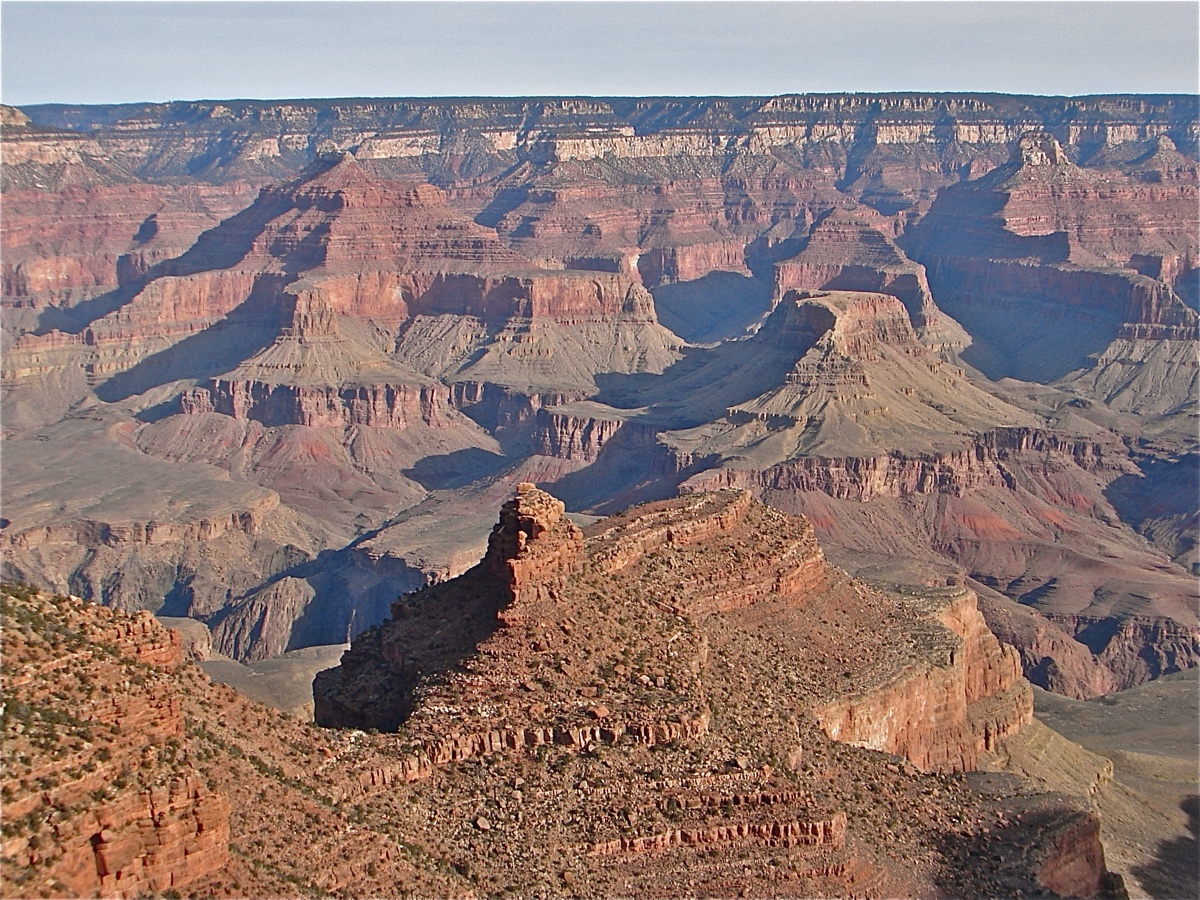
It is not the widest nor longest nor deepest canyon in the world, but the Grand Canyon of northern Arizona is certainly one of the most impressive and most visited natural wonders found on the planet. Photographs, no matter how spectacular, cannot capture nor prepare one for the awe-inspiring sight of viewing the immensity of this canyon for the first time. Neophytes to the canyon have been known to shed an emotional tear as they initially stand in awe before its colossal grandeur. Fortunately for all mankind, early political leaders saw its limitless natural value to science and the soul of mankind and preserved this special grand place of earth as a national park 100 years ago, on Feb. 26, 1919.
Forming a grand canyon
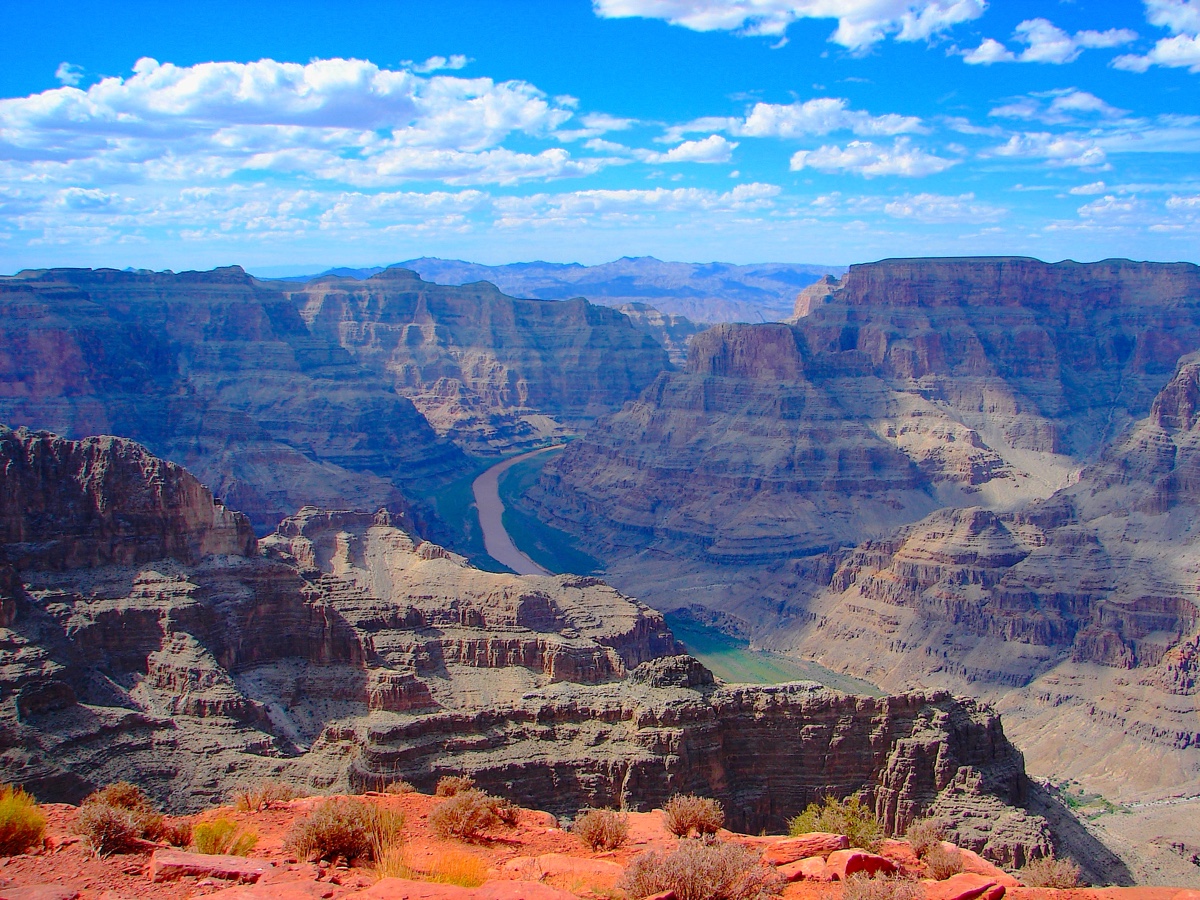
Geologists today still do not all agree as to how the Grand Canyon that visitors see today was actually formed. Modern technology and rock-dating techniques have begun to provide evidence questioning the long-held theory that this magnificent gorge is the result of the uplifting of the Colorado Plateau and the erosional forces of a wide Colorado River cutting through the plateau beginning some 5 million to 6 million years ago. But this newly obtained data suggest that there were actually two ancient canyons that have now combined to create the spectacular chasm of today. Colorado is a Spanish word meaning "colored red" and is aptly applied to the sandstone red Colorado River, shown here, in the western region of the Grand Canyon near the Hualapai Tribe tourist attraction called Skywalk.
Creation at it's finest
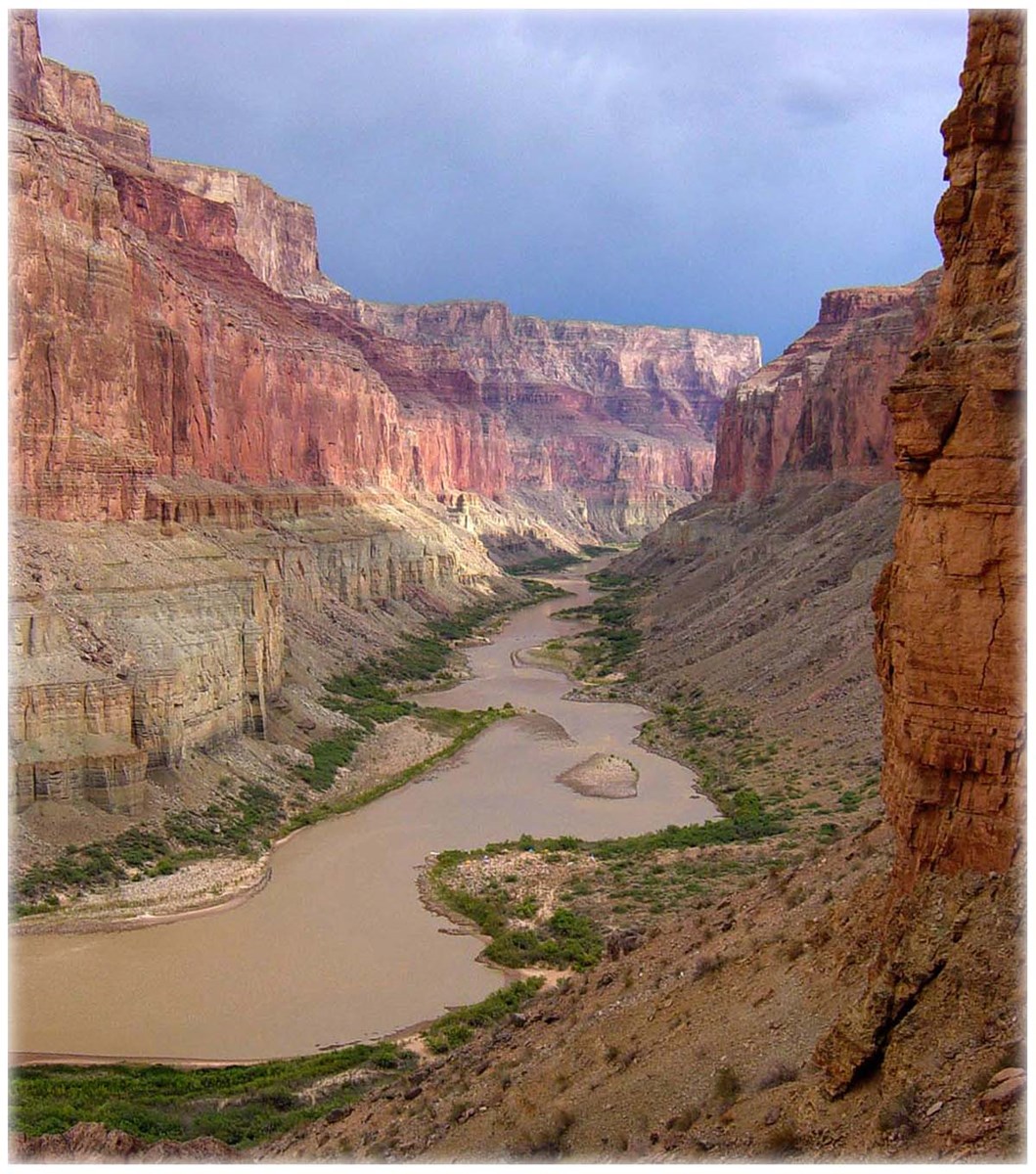
This modern two-canyon theory suggests that an ancient western "paleocanyon" was once carved within a few hundred feet of its modern depth by an easterly flowing river some 70 million years ago during the Cretaceous period. A second but smaller eastern paleocanyon was also carved some 15 million to 25 million years ago by another ancient river system. At a site today known as Muddy Creek, geologists believe there is geological evidence indicating that some 6 million years ago the ancestral Colorado River carved through the rock sediments joining the two paleocanyons and created the single Colorado River drainage system seen today. The modern Colorado River is seen here flowing through some of the nearly 40 layers of the sedimentary rock found within the eastern region of the Grand Canyon just below Nankoweap Creek.
Recording the area
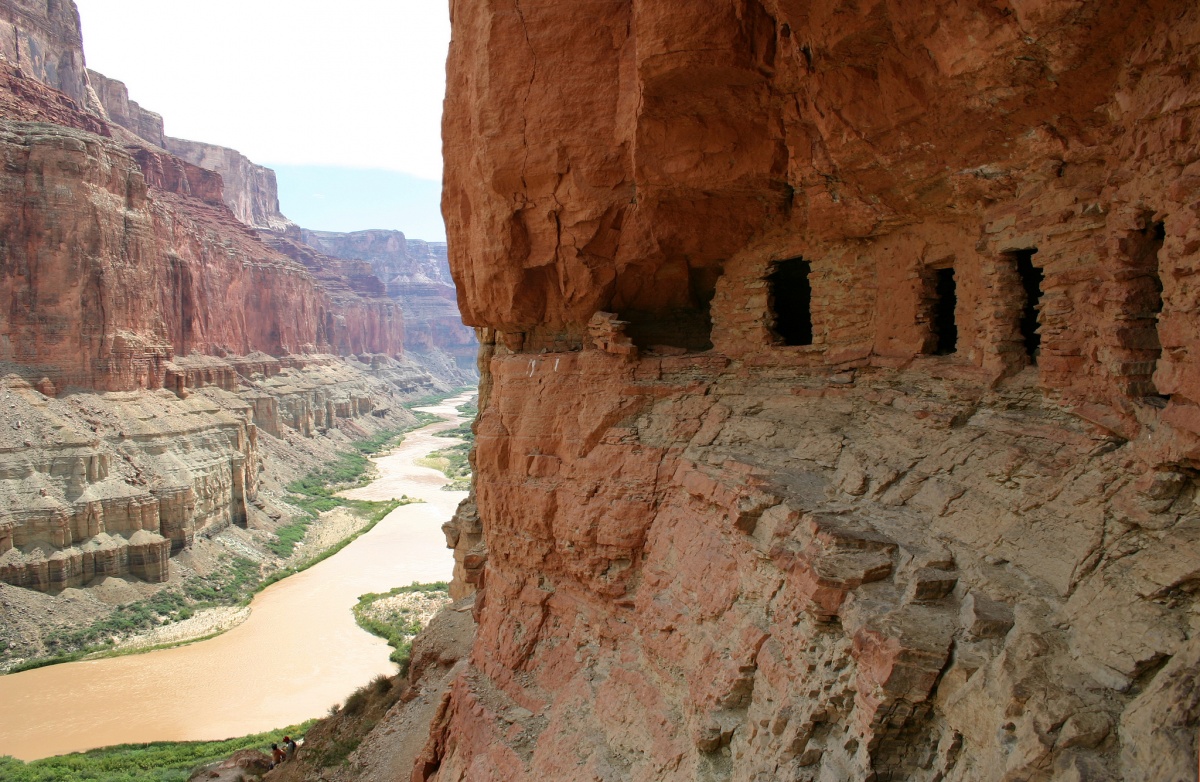
Archeological evidence suggests that early hunter-gatherers were passing through the Grand Canyon more than 10,000 years ago. Ancestral Puebloan people, ancestors of today's Hopi tribe, have lived in and around the canyon for upwards of 4,000 years. The Hopi people called the canyon Öngtupqa, which translates to mean "salt canyon." The Hopi believe that their tribe actually emerged from a mysterious portal from the Third World of the inner Earth that is located within the Grand Canyon.
The Paiute Tribe calls the canyon "Kaibab," which means "mountain turned upside-down." Other modern tribes like the Havasupai, Hualapai, Navajo, Zuni, Yavapai Apache and White Mountain Apache also claim the Grand Canyon as a part of their peoples' ancestral history and/or spiritual homeland. Shown here, the ruins of a series of ancient granaries above the Colorado River in Marble Canyon.
Touching the Americas

Spanish conquistadors became the first Europeans to gaze upon the massive expanse of the Grand Canyon. That event occurred in the fall of 1540, when Hopi guides led a party of 13 conquistadors to the rim of the Grand Canyon. The conquistadors were under the command of García López de Cárdenas y Figueroa, a young Spanish noble who was a captain in the larger Francisco Vasquez de Coronado's expedition. Coronado had been injured in the July 7, 1540, Battle of Hawikuh in today's northwestern New Mexico.
While recovering from his injuries, Coronado sent several of his captains, including Cárdenas, to explore. Cárdenas was most interested in a source of fresh water and the potential of the Colorado River becoming a navigable stream for boats. He and his men spent three days trying to descend the canyon walls and reach the river. Failing in all their attempts, Cárdenas and his men left the Grand Canyon and returned to the main army of the Coronado Expedition.
Big and beautiful
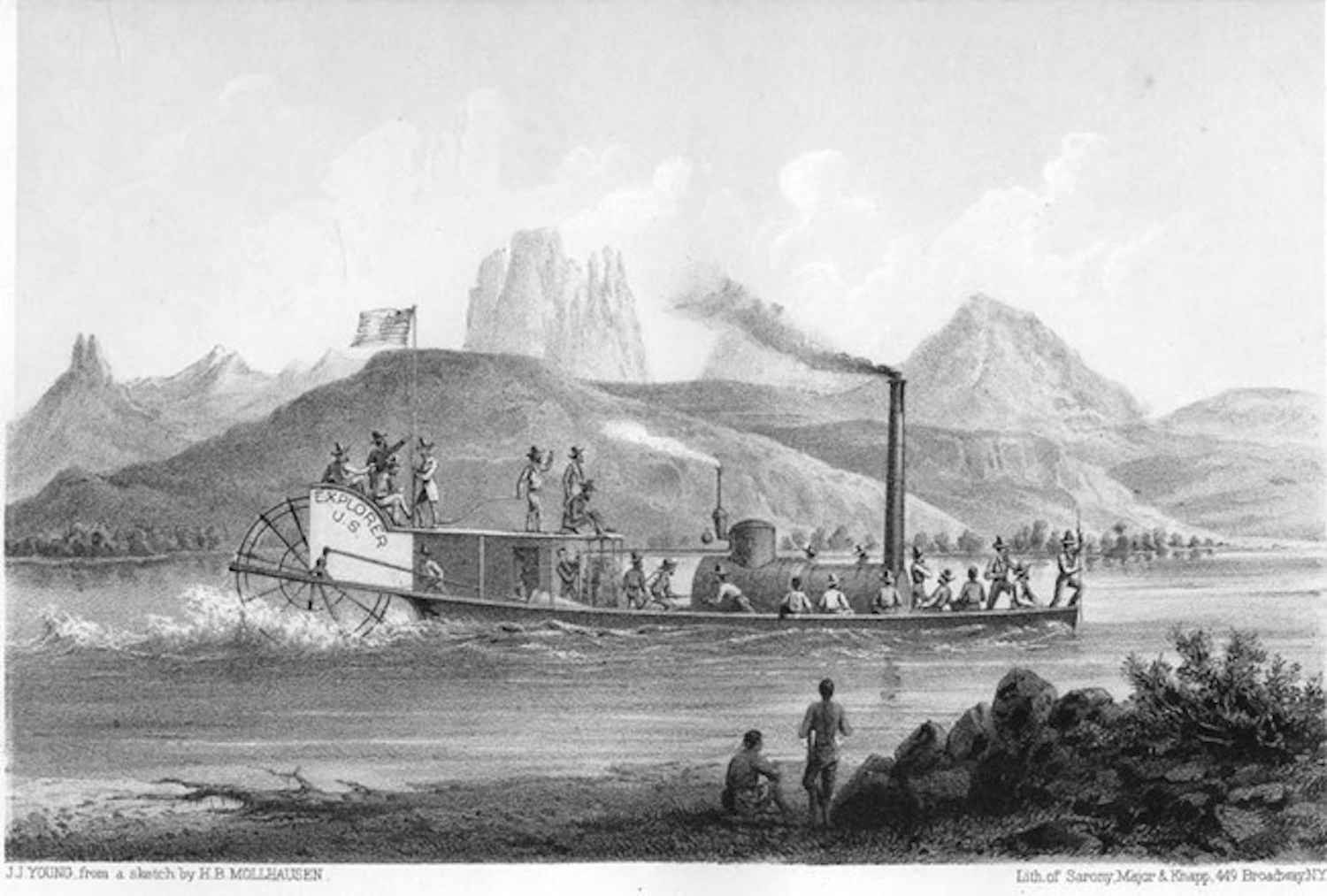
The Grand Canyon is 277 miles (446 km) long, about 6,000 feet (1,800 m) deep and varies from 4 to 18 miles (6.4 to 29 km) in width. The first citizen of the United States believed to have walked upon the Grand Canyon floor was Second Lt. Joseph Christmas Ives of the U.S. Army of Corps of Topographical Engineers. Lt. Ives had led an expedition up the Colorado River that included Smithsonian geologist John Strong Newberry, Prussian artist Balduin Möllhausen and a small number of soldiers and fellow engineers.
Lt. Ives had requested that a 54-foot (16 m) iron low draft steamer be built in Philadelphia, disassembled and shipped to the mouth of the Colorado River in the Sea of Cortez. The steamer arrived, re-assembled and on Dec. 30, 1857, the Explorer, shown here in a Möllhausen sketch, began its journey northward up the Colorado River, captained by David C. Robinson. The little steamer was able to navigate some 550 miles (885 km) north of the mouth of the river to an area known as Black Canyon near the site of today's Hoover Dam. Here, Ives and a few members of his party disembarked, sent the Explorer back down the river and continued their exploration on foot. They reached an area known today as Diamond Creek and traveled down the creek into the inner gorge, becoming the first U.S. citizens of to reach the canyon floor at this far western region of the Grand Canyon.
Stunning sights
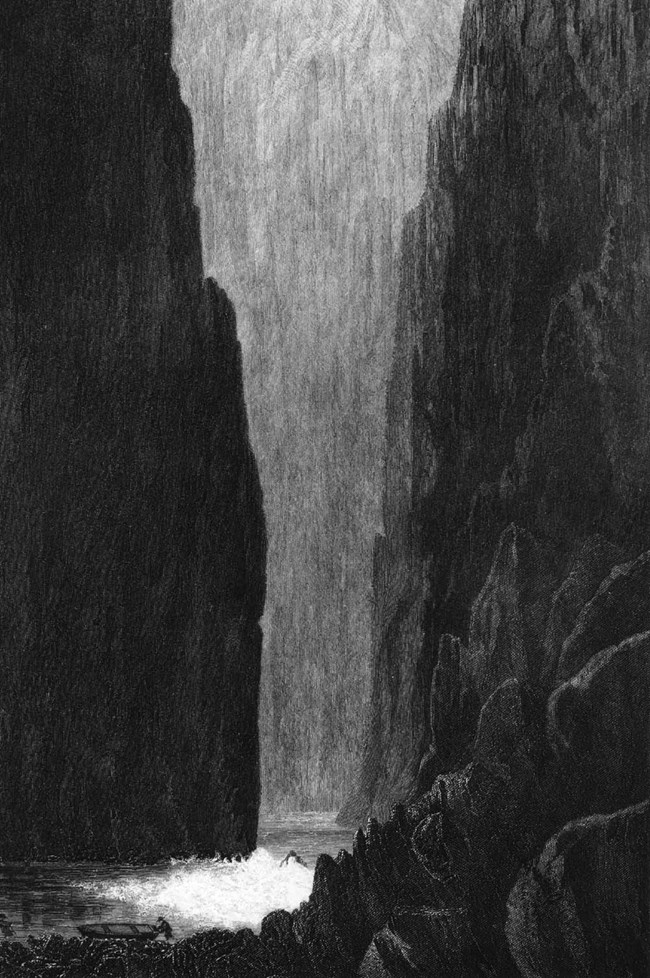
Of his adventure into the Grand Canyon, Lt. Ives would later accurately write, "The extent and magnitude of the system of canyons is astounding. The plateau is cut into shreds by these gigantic chasms, and resembles a vast ruin. Belts of country miles in width have been swept away, leaving only isolated mountains standing in the gap. Fissures so profound that the eye cannot penetrate their depths are separated by walls whose thickness one can almost span, and slender spires that seem to be tottering upon their bases shoot up thousands of feet from the vaults below." A Möllhausen sketch of what the exploration party was discovering is shown here.
Major Powell
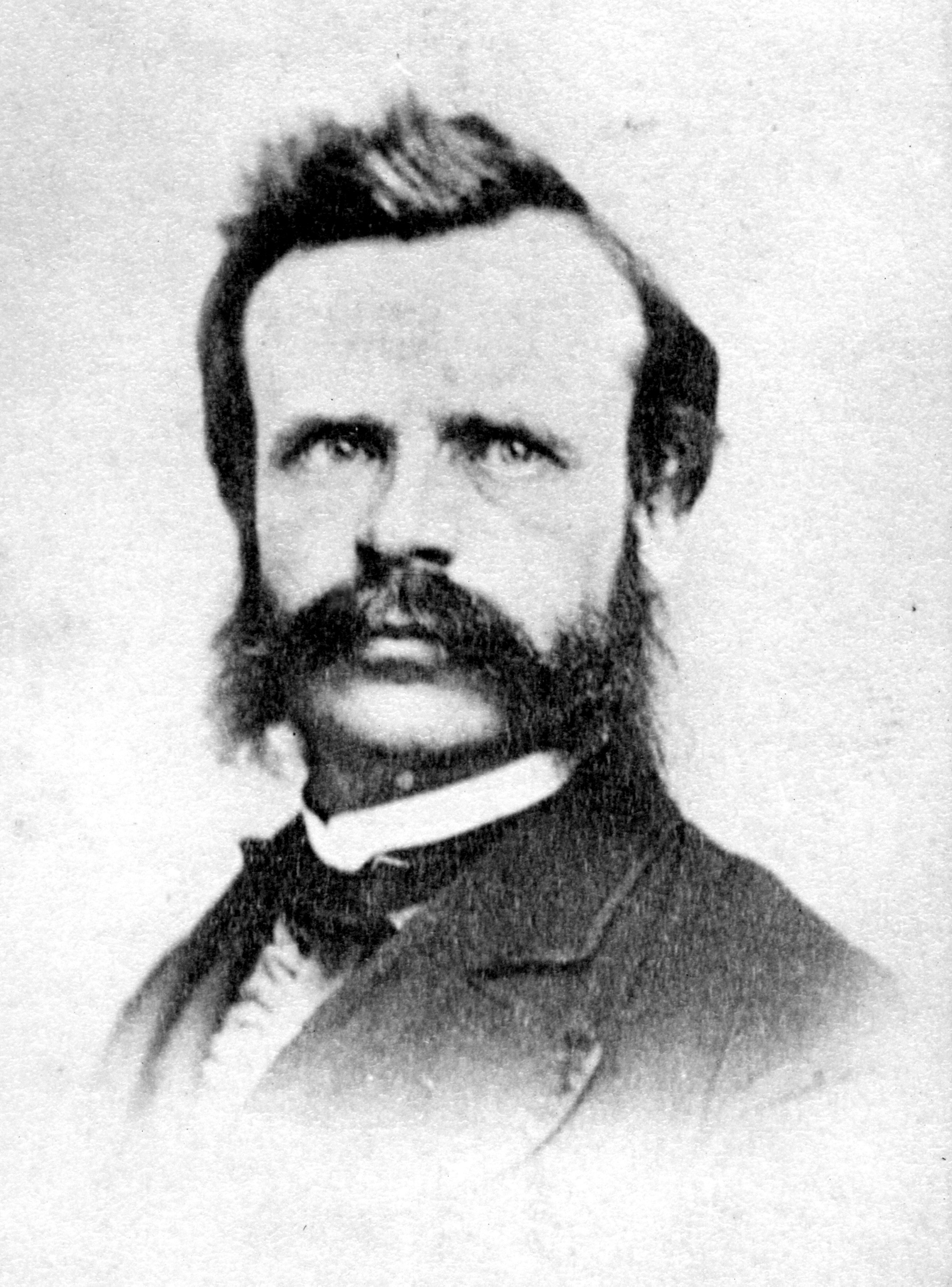
The American Civil War interrupted any further official exploration of the Grand Canyon until 1869. But on May 24, 1869, Major John Wesley Powell, a one- armed Union Civil War veteran shown here and his nine-man team of mountain men, trappers and Civil War veterans climbed into their four, self-designed boats and entered the Green River at Green River Station, Wyoming.
Over the next three months, the Powell Geographic Expedition would travel down the Green and Colorado Rivers for almost 1,000 miles, becoming the first Americans to travel through the entire length of the Grand Canyon. While traveling through the canyon, Powell would be responsible for naming this vast chasm the "Grand Canyon." A trained geologist, Powell referred to the massive geological features he saw while traveling by the many and massive canyon walls as the "library of the gods" in reference to many layers of sedimentary rock that he observed. Finally on Aug. 30, 1869, Major Powell and the remaining five of his men of his party entered the mouth of the Virgin River in what is today the State of Nevada — the Grand Canyon was now behind them, and the American West would never be the same again.
Settling the area
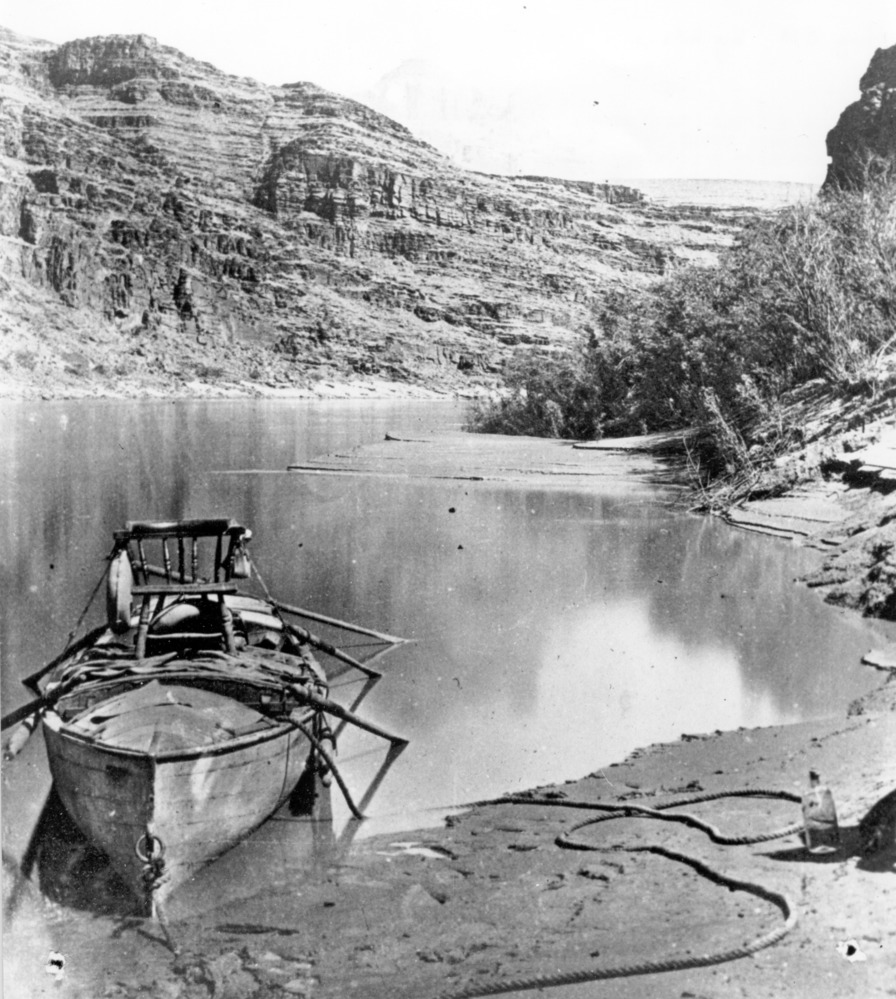
Prior to his Grand Canyon expedition, Powell worked as a professor of geology and curator at the Museum of Illinois Wesleyan University in Bloomington. Upon completion of the 1869 trip, Powell returned to his home in Illinois and was considered an American hero. After completing an extensive lecture tour to share his Grand Canyon adventure, Powell raised the needed money to begin a second Grand Canyon expedition on May 22, 1871. This time Powell's party included photographers E.O. Seaman and Jack Hillers, who provided the world with the first photos of the Grand Canyon.
This second journey lasted two years, but did not involve a complete journey through the lower Grand Canyon. Rather, the expedition concentrated in the Kanab region of southern Utah and resulted in the first maps and the first extensive geological observations of this region of the canyon. In 1875, Powell culminated his second journey with the first scientific publication about the Grand Canyon, entitled "Report on the Exploration of the Colorado River of the West and Its Tributaries." In 1881, he began a new career as the director of the U.S. Geological Survey and in 1894 became the director of the Bureau of Ethnology at the Smithsonian Institution. John Wesley Powell died in 1902. Shown here, Powell's chair lashed to his boat during his 1871 trip down the Colorado River.
Ralph Cameron
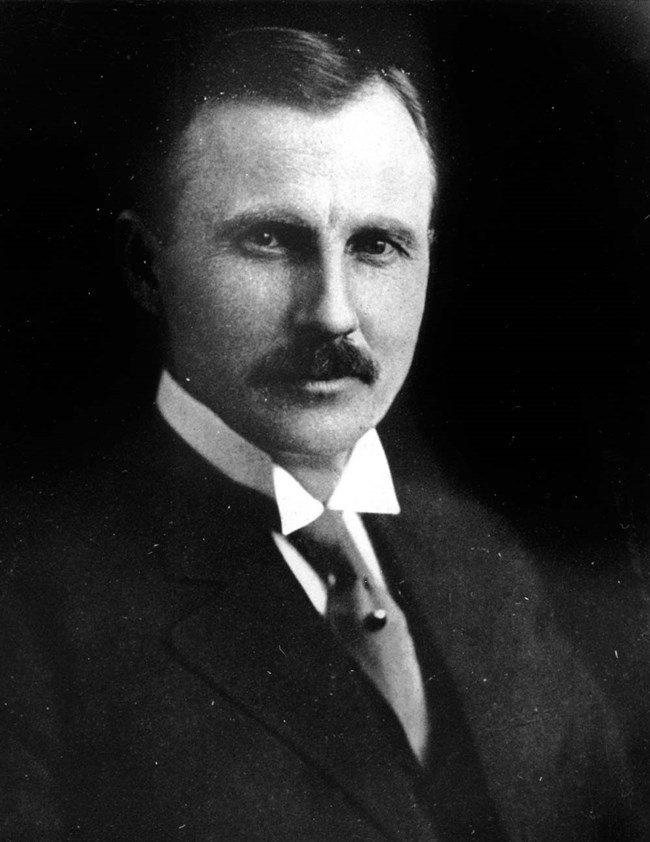
America and in fact the whole world became enthralled with Major Powell's stories and photographs of the Grand Canyon. By the 1880s, pioneers began to make the difficult journey and arrive at the Grand Canyon. Miners were an early group to arrive seeking copper, zinc, silver and asbestos. One man of wealth wanted to build a railroad line on the canyon floor to haul coal from Denver to California, but he drowned in the Colorado River while surveying the desired route. One man, Ralph Cameron shown here, arrived at the Grand Canyon in 1890, hoping to strike it rich in lumber or minerals; he soon realized that tourism just might be his route to potential riches. With his brother, Niles, he built a rustic hotel at the head of their recently acquired and improved Bright Angel Trail, charging both prospectors and tourists a toll to use the trail to travel into the canyon.
Dangerous feats
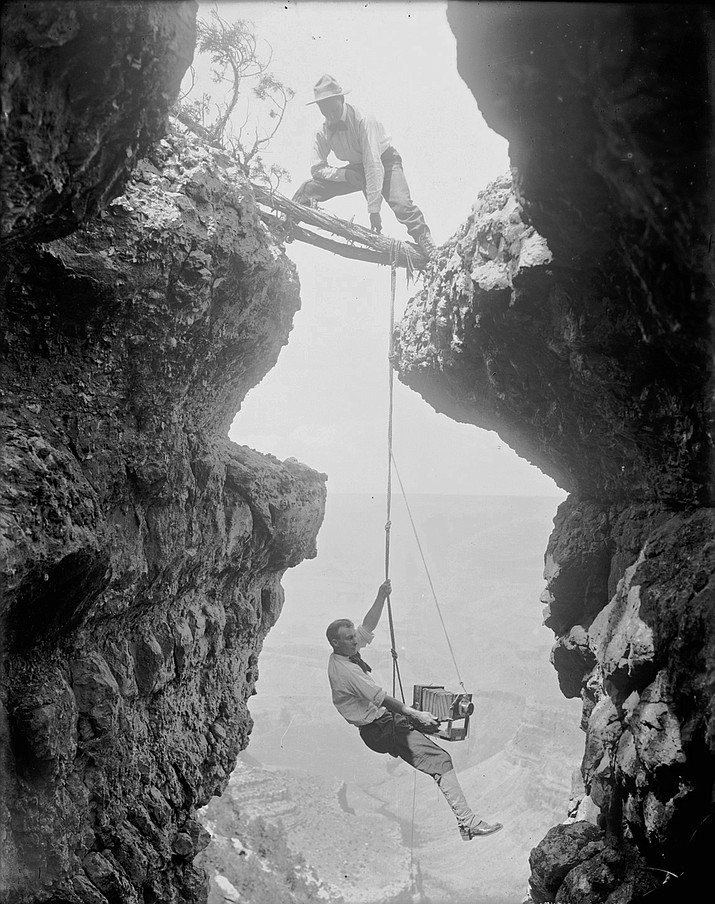
Ralph Cameron may have been the first major developer of the Grand Canyon, but he certainly wasn't the only. When the Santa Fe Railway laid a spur to the Grand Canyon from Williams, Arizona, in 1901, the whole tourist industry of the Grand Canyon changed. Tourists now could make an easy 3-hour train ride to stare in awe at the gigantic chasm that lay before them. So too came the entrepreneurs to serve and profit from the fast-growing tourist industry.
Brothers Ellsworth and Emery Kolb, shown here, arrived at the Grand Canyon in 1901 and established a photography business at the head of the Bright Angel Trail. The Kolb Brothers made a successful living photographing not only the Grand Canyon but the tourists who now came to see it. The Fred Harvey Company soon opened the luxurious El Tovar Hotel in 1905 and his famous black-and-white dressed Harvey Girls now served upscale meals to the many guests arriving at the Grand Canyon. A short 36 years after John Wesley Powell's first expedition, the Grand Canyon was now available for all to see, explore and enjoy.
Sign up for the Live Science daily newsletter now
Get the world’s most fascinating discoveries delivered straight to your inbox.










